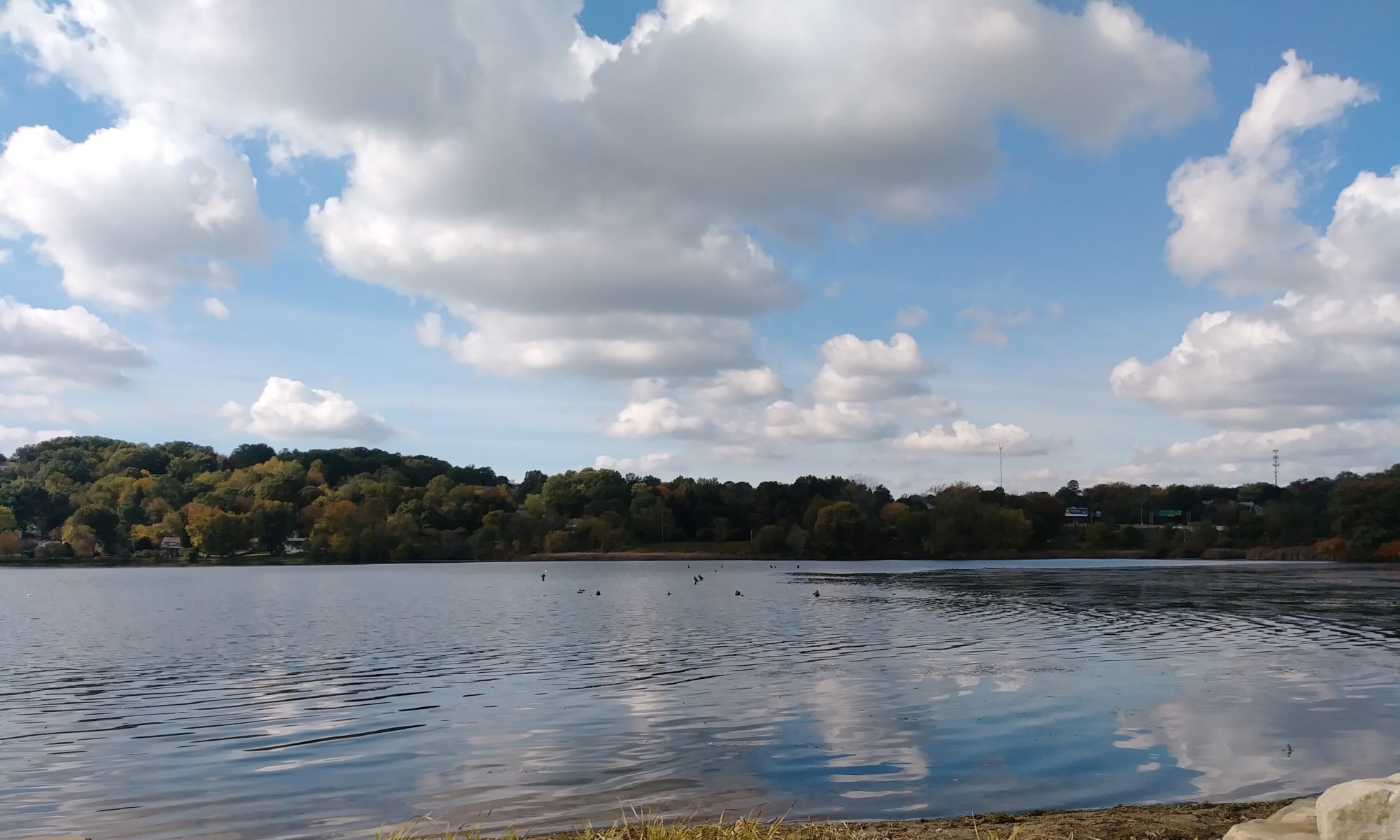
Those of us who are in love with the field of evaluation have a tendency to get lost in the jargon. We love to debate the finer points of approaches and provide graphics to illustrate the complexity of models. My clients, when faced with applying evaluation both for internal and external audiences, often feel overwhelmed by what they think are the expectations of proficiency in the complexities of evaluation.
At its foundation, evaluation is simply reflection. It is a systematic process for considering:
What of our endeavors have gone well?
What have not gone well?
What changes or next steps are needed?
Remembering this simplicity of evaluation is key when reporting to funders. It is easy for organization and program leads to panic when they notice that they are not meeting proposed targets. Evaluation though, is not a “gotcha.” It is not a pass/fail. Ultimately, what your staff, volunteers, funders, and community fundamentally want to know is what is working and how do you keep it working, what isn’t working and how do you tweak it.
Next time you are working on reporting around your program or initiative, start by asking yourself these simple questions. You can then look at addressing the answers via whatever evaluation model you find yourself using:
- What is going well? Why do we think it is going well? Can it be sustained? If so, how? If not, what are the barriers?
- What is not going well? Why do we think it is not going well? Can those barriers be addressed? If so, how? If not, why not?
- What is the big picture? Beyond the individuals who may not have followed through or the frustrations with a particular curriculum, or the missing data from an assessment instrument distribution method, what are the systemic issues? Can they be identified? Can they be explained? Can they be addressed?
